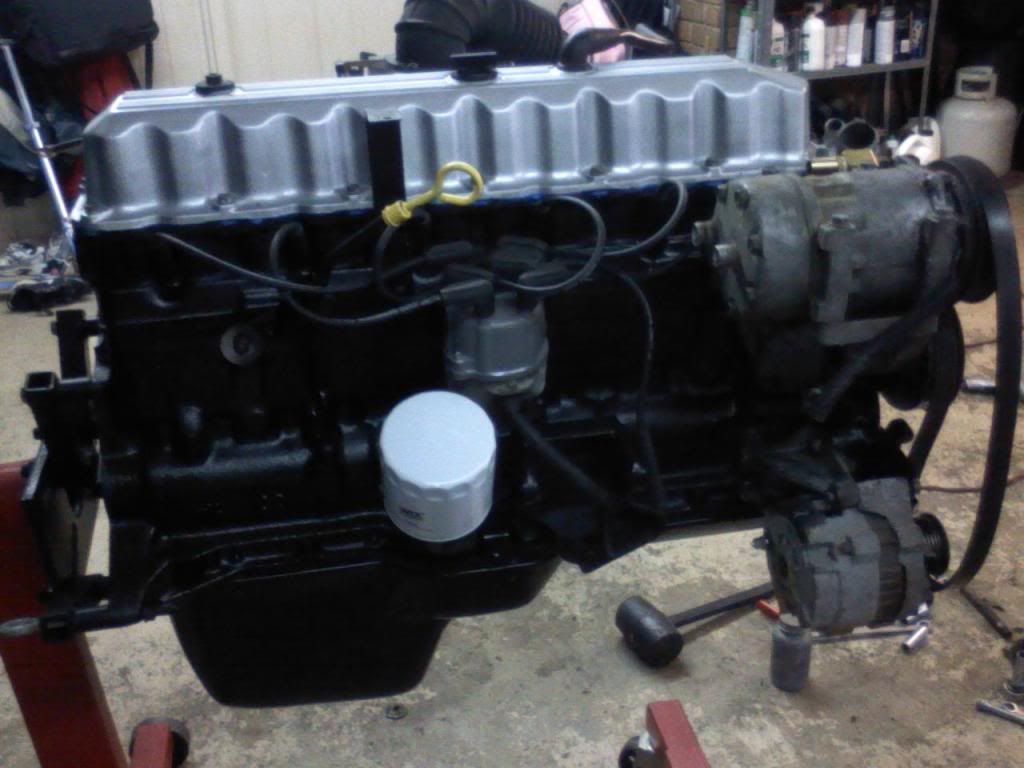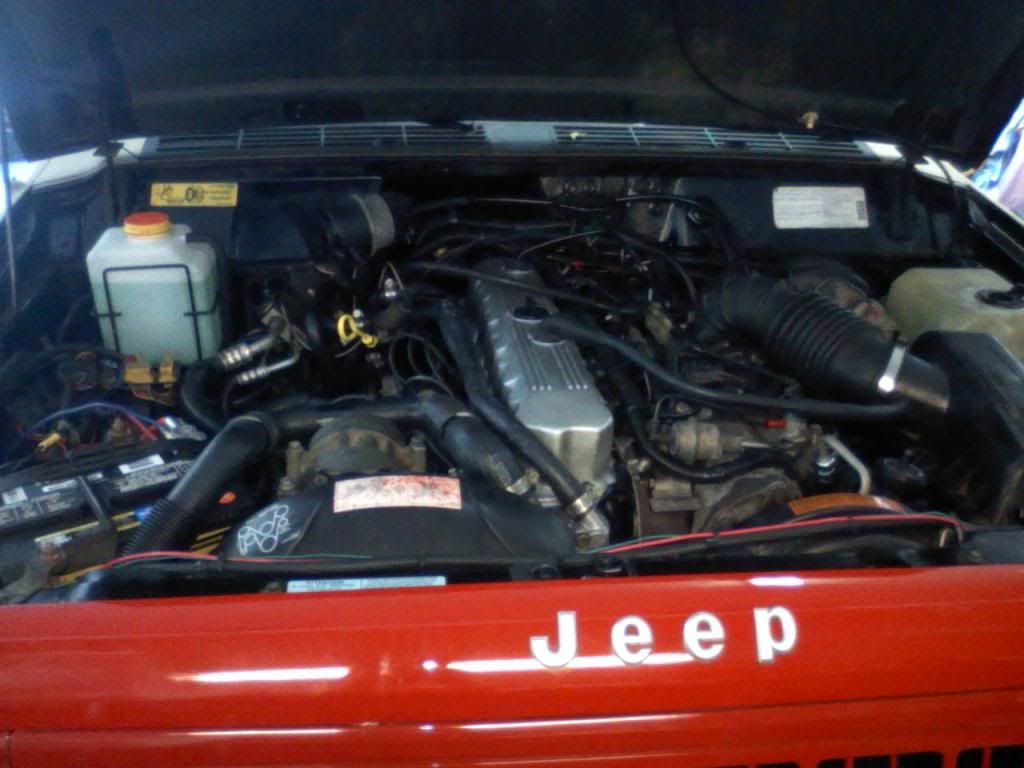Muad'Dib
NAXJA Forum User
- Location
- Bend, Oregon
Hello,
I have the change out my heater core and since i also have AC i have to remove the evaporator core. This is a 90 RENIX. Please also keep in mind that this was a working R-12 system that worked great last summer.
I am getting the system evacuated, but no one in town has R-12 anymore. They all say that its too expensive to purchase and they dont buy it anymore because customers dont buy it from them. So after i do my fix, i wont have anyone available to recharge me with R-12.
Thats fine with me, i would prefer to make the switch from R-12 to R-134 anyway since its more readily available and "green".
Since i will have the evaporator core out, i am going to replace it. Its a 22 year old Jeep and i dont plan on ever getting rid of it.
As well as the evaporator core, i am also replacing the Receiver Drier / Accumulator. I was also thinking about replacing the Expansion valve.
So my questions are these:
1.) Should i order the expansion valve since i havent purchased it yet?
2.) Where and what kind of oil do i need to purchase for my system, and where do i put the oil before the system is charged again?
3.) Should i replace any other parts before getting it filled with R-134? The compressor? O-Rings? A/C Lines, Condenser?
4.) Am i missing anything else that you can think of?
Thanks guys so much for the help.
I have the change out my heater core and since i also have AC i have to remove the evaporator core. This is a 90 RENIX. Please also keep in mind that this was a working R-12 system that worked great last summer.
I am getting the system evacuated, but no one in town has R-12 anymore. They all say that its too expensive to purchase and they dont buy it anymore because customers dont buy it from them. So after i do my fix, i wont have anyone available to recharge me with R-12.
Thats fine with me, i would prefer to make the switch from R-12 to R-134 anyway since its more readily available and "green".
Since i will have the evaporator core out, i am going to replace it. Its a 22 year old Jeep and i dont plan on ever getting rid of it.
As well as the evaporator core, i am also replacing the Receiver Drier / Accumulator. I was also thinking about replacing the Expansion valve.
So my questions are these:
1.) Should i order the expansion valve since i havent purchased it yet?
2.) Where and what kind of oil do i need to purchase for my system, and where do i put the oil before the system is charged again?
3.) Should i replace any other parts before getting it filled with R-134? The compressor? O-Rings? A/C Lines, Condenser?
4.) Am i missing anything else that you can think of?
Thanks guys so much for the help.
Last edited:



